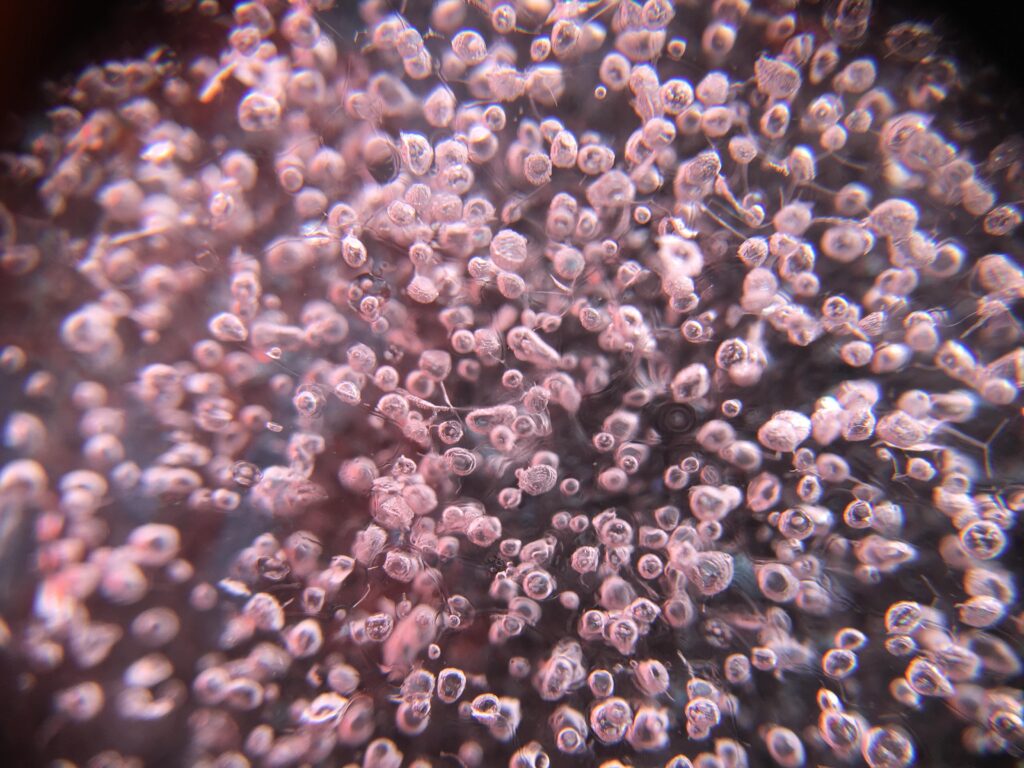
CCI teams with Princeton to analyze 2 million-year-old ice cores
Three University of Maine Climate Change Institute scientists are part of a Princeton University-led team that analyzed 2 million-year-old ice cores from Antarctica to provide the first direct observations of Earth’s climate when furred early ancestors of modern humans still roamed.
CCI associate professor Andrei Kurbatov, director Paul Mayewski, and doctoral student Heather Clifford participated in the research.
The ice core data provides insights about how the current glacial cycle emerged. Up until about 1.2 million years ago, Earth’s ice ages consisted of thinner, smaller glaciers that came and went every 40,000 years on average, say the researchers.
Then, after what is known as the Mid-Pleistocene Transition, the current world characterized by colder and longer glacial cycles of 100,000 years emerged.
“It is great to see the immense research potential of the Antarctica blue ice areas — that we have recognized for decades at UMaine — are beginning to unveil the hidden secrets of Earth’s past climate,” says Kurbatov.
The ice cores are from Allan Hills, where high winds help create environmental conditions that draw ancient ice toward the surface.
Gas bubbles trapped in the ice cores — which are the oldest yet recovered — contain pristine samples of carbon dioxide, methane and other gases that serve as “snapshots” of prehistoric atmospheric conditions and temperatures, the researchers recently reported in the journal Nature.

The full Princeton Environmental Institute release can be read here.

